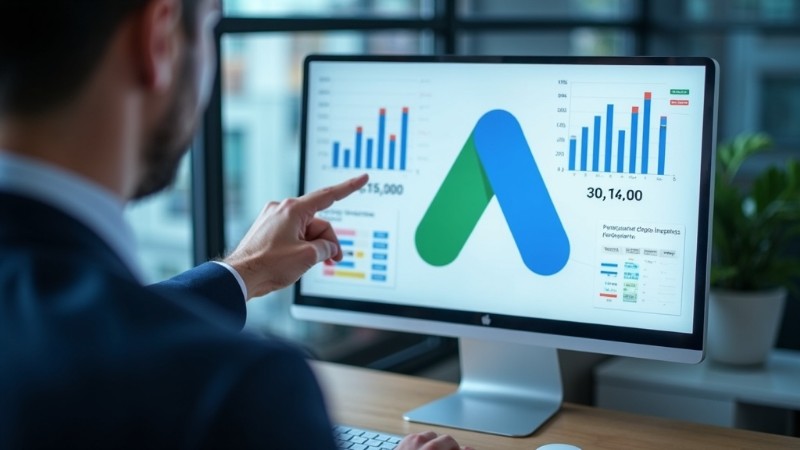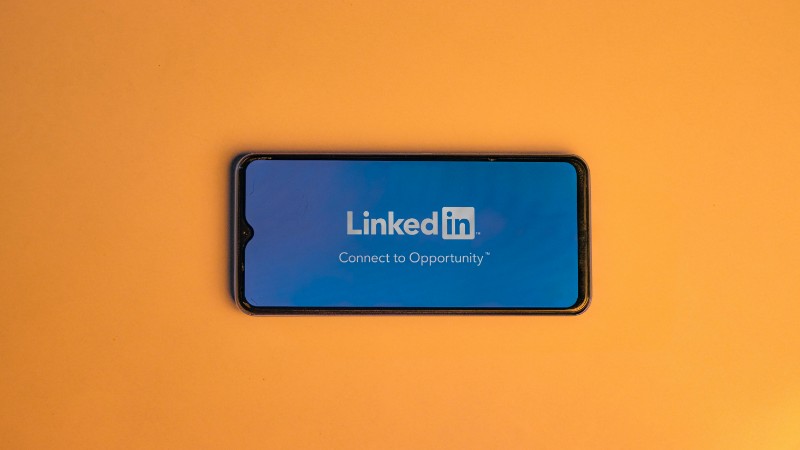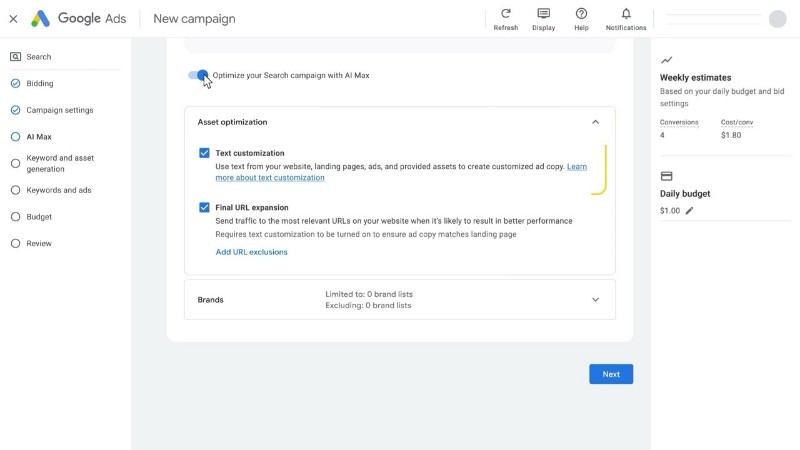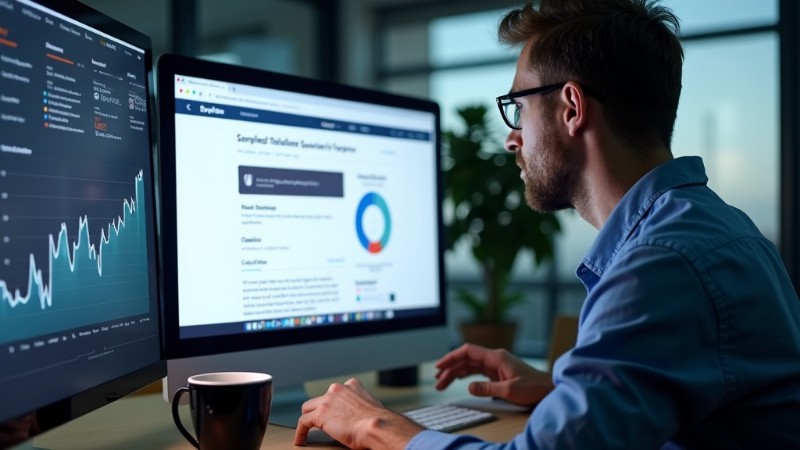Hidden Google Ads settings could be draining your budget, experts warn
Industry InsightsRunning a Google Ads campaign can be deceptively complex. Many advertisers assume that following Google’s recommendations guarantees success, but experts from every major Google Ads agency warn otherwise. Behind Google’s helpful interface lie settings and defaults that often serve its revenue goals more than those of the advertiser. That’s why understanding how to avoid the most common pitfalls is critical for anyone managing ads or hiring a PPC marketing agency. A common stumbling block involves tracking the wrong conversions. Some agencies inflate performance metrics by setting up page-view conversions that make reports look impressive but do not accurately reflect genuine customer actions. When campaigns are analysed by conversion type, it often transpires that these so-called “results” are merely site visits. Effective PPC management depends on prioritising meaningful conversions such as purchases, quotation requests, form submissions or phone calls—actions that tie directly to revenue rather than vanity statistics. Costly keyword and network pitfalls Another issue is over-reliance on broad-match keywords. While Google promotes them as a way to broaden reach, they can rapidly eat up ad budgets by triggering irrelevant searches. For most small or niche businesses, exact- and phrase-match keywords are more precise and cost-effective. Broad match should only be used strategically and tested once campaigns are already turning a profit. A third misstep involves leaving Display Expansion and Search Partners enabled by default. These settings often place ads on unrelated sites, generating low-quality clicks that rarely convert. Switching them off helps protect budgets and improve traffic quality, especially for service-based businesses. Specialists agree that while Google Ads is a powerful platform, it demands diligent oversight. Regular audits, savvy keyword use and accurate conversion tracking can keep campaigns in the black. For ongoing insights, advertisers are encouraged to sign up to Google Ads tips and tutorials to stay ahead of new trends and avoid costly errors.








